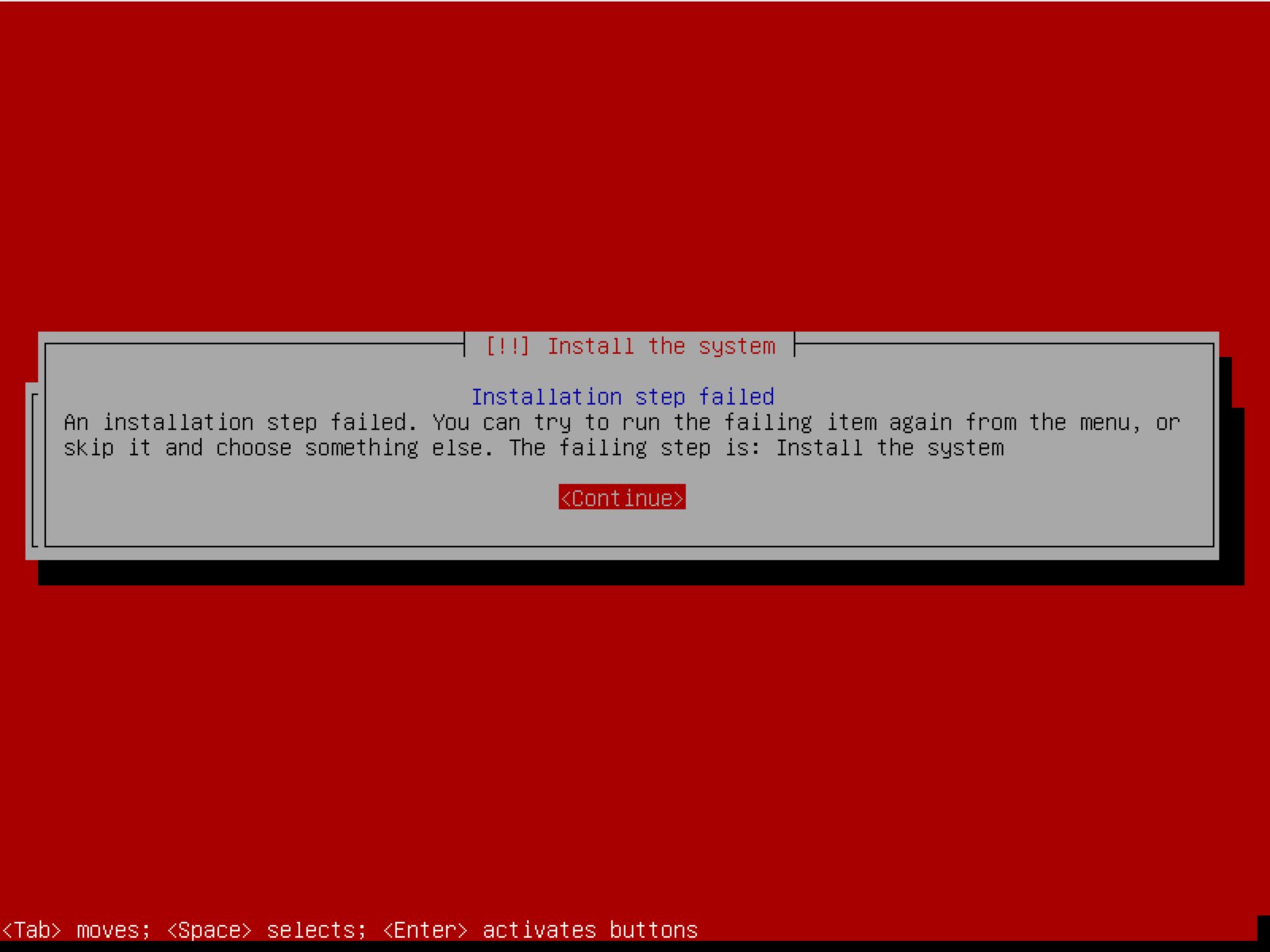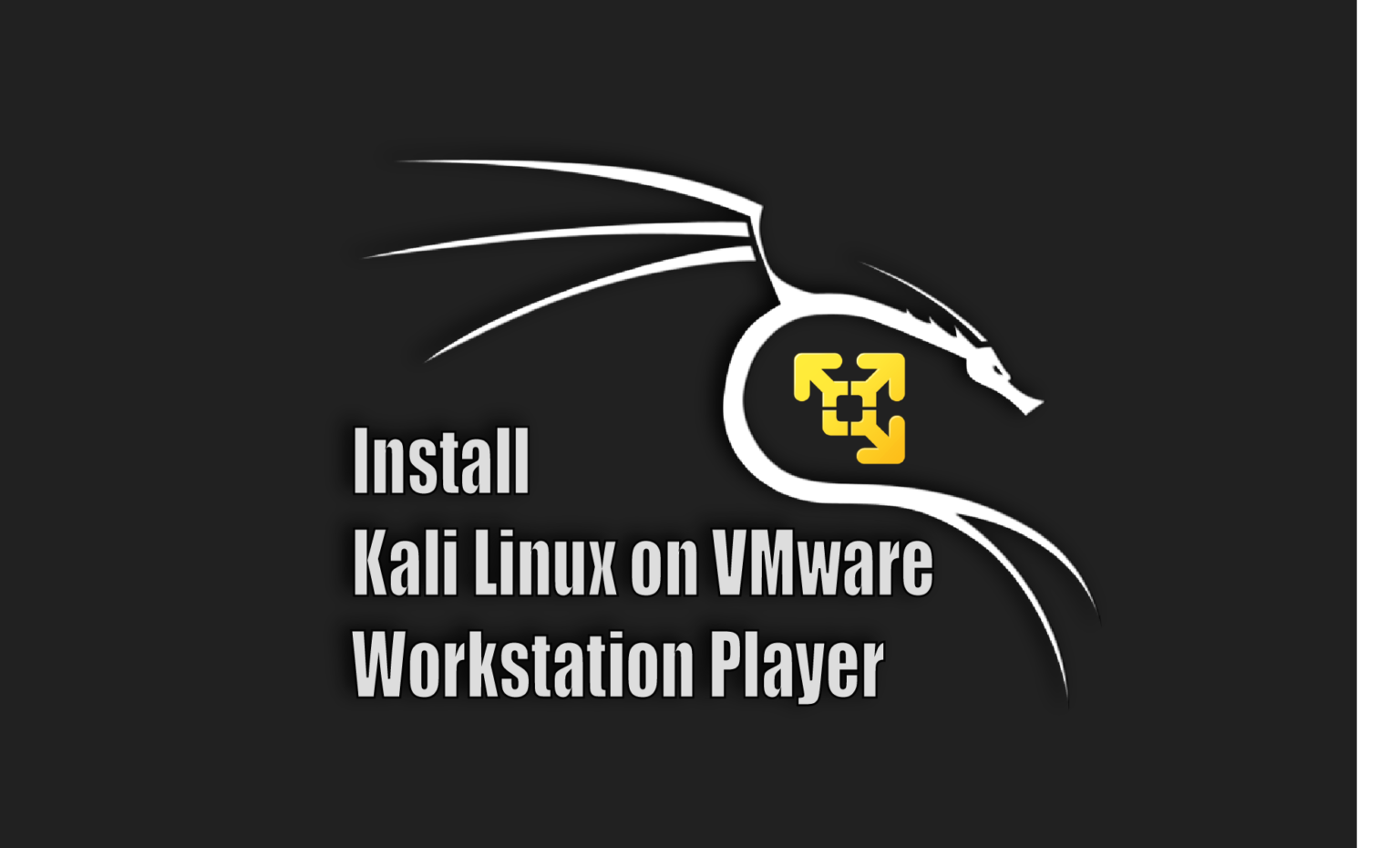

The next video covers the conversion process where I convert the Kali Linux VM hosted on Workstation to run on a vCenter Server managed ESXi 6.5 host. In our case, make sure to power off the Kali VM before proceeding and to supply the vCenter Server details if the ESXi host is managed. Note: If you’re new to using Converter, have a look at How to convert a Hyper-V VM to run on vSphere which gives you a good overview of how to migrate VMs, or physical machines, to ESXi. Now, you have to move the driver file to a directory that is in the PATH variable. Option 2: Use VMware vCenter Converter Standalone to migrate the VM hosted on VMware Workstation to an ESXi host. To do that, run the following command: mv -v docker-machine-driver-vmwarelinuxamd64 docker-machine-driver-vmware. Once the install completes, log in as root and do the following:Īpt -y install open-vm-tools-desktop fuse Windows and Linux users can use either VMware Workstation or the free VMware Workstation Player, whereas macOS users will require VMware Fusion. The only difference is that VMware requires VMware Fusion/Fusion Pro to run macOS virtual machines. Both options support most guest operating systems, including Linux, Windows, Solaris, macOS, and FreeBSD. If you have a macOS, you need to install VMware Fusion/Fusion Pro. Option 1: Download the Kali ISO, create a new VM with the specifications mentioned earlier and install the Kali guest OS as you would normally do. VMware Player and VMware Workstation work on Linux and Windows.

If you’d rather host Kali on ESXi, perhaps as part of a penetration testing assessment, there are 2 deployment options you can choose from.


 0 kommentar(er)
0 kommentar(er)
